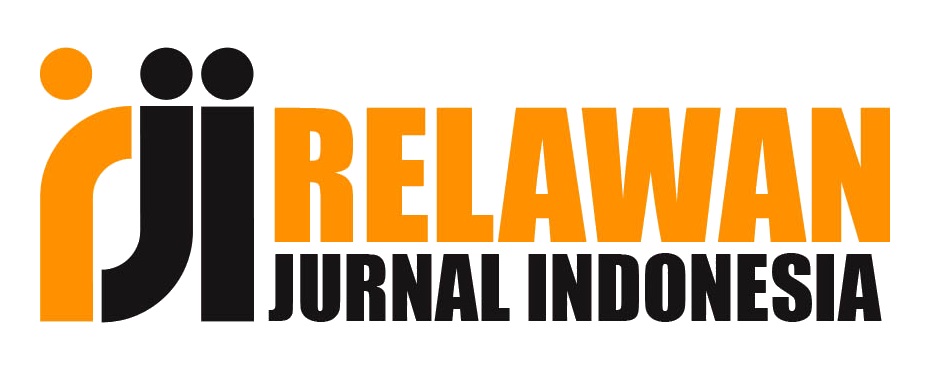ANALISIS PEMODELAN PEMILIHAN MODA TRANSPORTASI ANTARA SEPEDA MOTOR DENGAN ANGKUTAN UMUM
DOI:
https://doi.org/10.52333/lateral.v1i1.137Keywords:
Moda Choice, Stated Preference, Travel CostAbstract
Movement activities can cause the mode selection process. Tridinanti University, as one of the education centers in Palembang city is one of the centers of movement for students. The basis of this research aims to observe the behavior of student motorcycle users with public transportation and analyze whether mode selection is influenced by changes in cost and travel time. This research was conducted with data from the observation approach, questionnaire results, literature review and data processing with the SPSS program in describing the travel situation for the two modes. An overview of the composition of the characteristics of travelers from survey data, it is known that the general characteristics of users in the selection of modes are 81.14% of motorcycle user respondents while 18.86% of public transportation user respondents. Based on gender, male respondents were 57.43% while female respondents were 42.57%. The reasons for choosing modes for motorcycles are time considerations of 47.18% and cost considerations of 15.85% while the reasons for choosing modes for public transportation are cost considerations of 36.36% and time considerations of 13.64%. The mode selection model between motorcycles and public transportation obtained (Usp-Umk) = -0.767-0.011C-0.024T. When the condition of attribute difference is equal to zero, the probability value of motorcycles is greater than the probability of public transportation for the attributes of travel time and cost. The model obtained from regression analysis of all data has the highest R2 price of 0.88% or 88% of the influence of the two attribute factors considered and the remaining 12% is influenced by attributes that have not been considered. In addition to the 2 travel attributes included in this study, several other attributes could also be considered for testing such as safety, convenience, and other influencing factors.
References
ITB, (1998). “Prosiding Simposium I Forum Studi Transportasi Antar Perguruan Tinggi”. Penerbit ITB, Bandung.
Miro, Fidel., (2005). “Perencanaan Transportasi”. Erlangga, Jakarta.
Morlok, Edwar K., (1995). “Pengantar Teknik dan Perencanaan Transportasi”. PT. Gelora Aksara Pratama, Jakarta.
Ortuzar dan Willumsen, “Metode Stated Preference Untuk Sistem Transpôrtasi“ Tahun 1994
Pramesti, Getut., (2007). “Aplikasi SPSS17.0 Dalam Model Linier Statika”. PT. Elex Media Komputindo, Jakarta.
Tamin, Ofyar Z., (1997). “Perencanaan dan Pemodelan Transportasi”. Penerbit ITB, Bandung.
Undang-Undang Republik Indonesia Nomor 22 Tahun 2009“Tentang Angkutan Jalan”.
Warpani, “ Angkutan Umum” Tesis, Program Pasca Sarjana Universitas 17 Agustus. Tahun 1990











